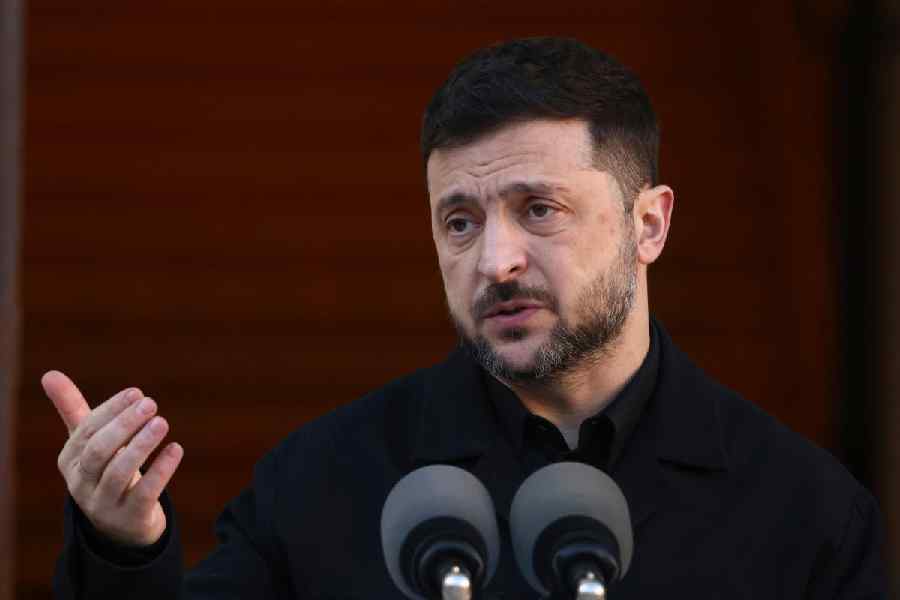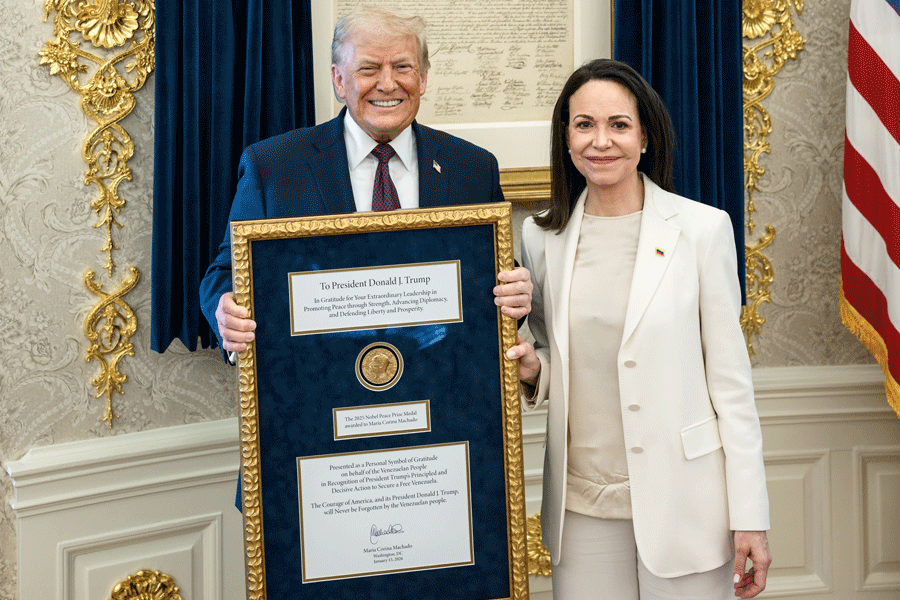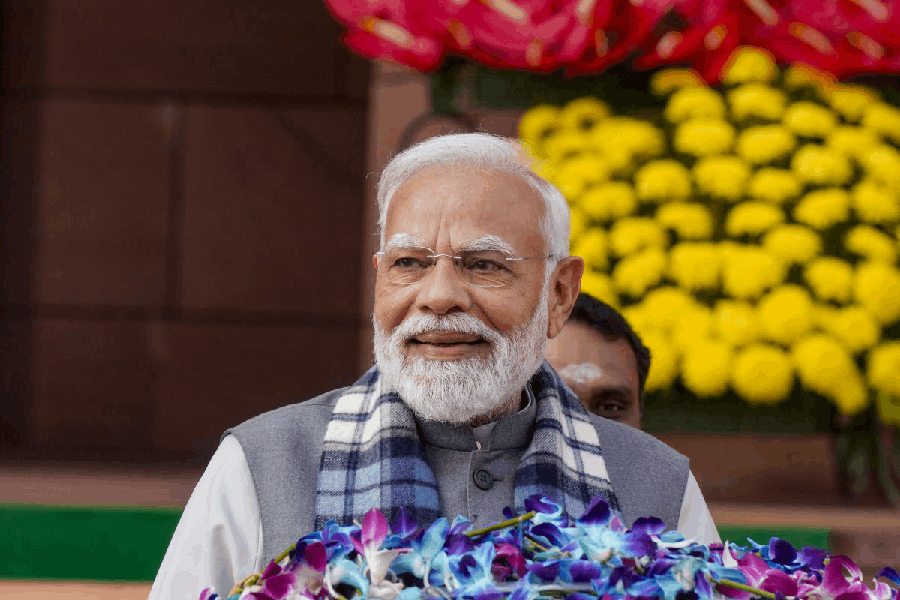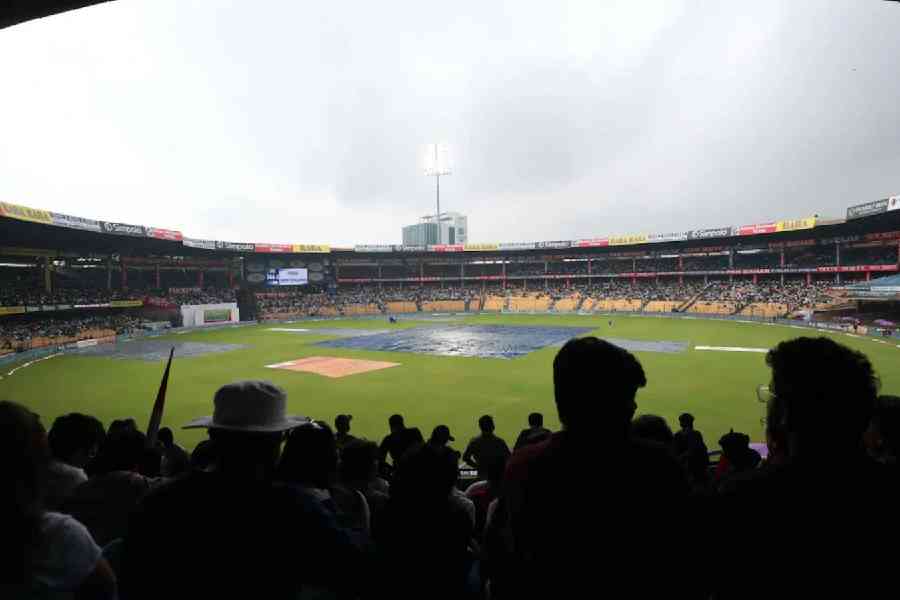 |
 |
| A poster of the 2007 Oriya film Jai Jagannath and (above) Oriya albums on Lord Jagannath |
Anything related to Lord Jagannath has been a part of the Oriya lifestyle since time immemorial. A major impact of this tradition can be seen in the entertainment sector. From bhajan albums to teleserials and films, the subject has always been important to people in the state.
Reconstructing the tales of Jagannath through the traditional media — palas, daskathias and rasa lilas — used to be the norm until Independence. Mohan Sundar Deb Goswami, the father of Oriya films, owned a rasa group. Excerpts from Jayadeva’s Gita Govinda and Salabega bhajans, published as booklets used to be extremely popular. With the growth of the audio and visual media the themes related to the Lord flourished here as well. When sound recording became a possibility, the first choice was to listen to the recorded bhajans.
The first Oriya film, Sita Bibaha (1936), was based on mythology. Could stories on Jagannath be far behind? A wide variety of anecdotes and folklore related to the Puri temple and the sibling deities has given a constant supply of subjects to filmmakers over the years. Lalita (1951), the second Oriya film, was the trendsetter. It was a film on Lord Jagannath. Shri Jagannath, another 1951 film, also created waves across Orissa and Bengal. The tale of Goddess Laxmi leaving the temple to teach brothers Jagannath and Balaram a lesson was presented in one of the early movies Shri Shri Mahalaxmi Puja.
It was remade as the 2007-film Jai Jagannath. The film, made in Oriya and Hindi, was later dubbed into 13 other languages. Lots of other tales also made their way into films, like Bandhu Mohanty, Manika, Sakhi Gopinath, Nila Madhaba. But between 1987 and 2007, fewer films were based on the tales of Jagannath. However, the various names of Jagannath were still seen in the titles of films based on social drama, some of them being Pua Mora Kala Thakura, Kalia Bharasa, Bahudibe Mo Jagabalia. Considering how much people adore the Lord, film buffs feel more films can be expected the subject.
The life story of celebrated poet Jayadeva has also found its way into Oriya films. The second of these, Bhakta Salabega, starring Uttam Mohanty as Jayadeva, received a great response from the audience. Mohanty said: “It’s always different when you act in a mythological film, or one related to Lord Jagannath. During the shoot of Bhakta Salabega, I felt there was a spiritual energy that helped me to perform.”
In the vinyl record era, Bhikari Bal, with his exquisite modulation and expressions, touched hearts with his rendition of Salabega bhajans. Ruling the Jagannath bhajan album scenario in the 1970s and 1980s, Bal’s albums earned him the title of Bhajan Samrat. Some of the famous collections of the maestro include Aahe Nilasaila, Saradha Bal, and Nirmalya. Bhajans of Salabega and Bhima Bhoi, sung by Sikander Alam, Nimai Charan Harichandan, Santilata Barik and Prafulla Kar, were immensely popular as well.
With the onset of audio cassettes, T-series introduced Anuradha Paudwal to Oriya listeners. The audience was enchanted by the bhajans like Keri Keri Suna Duba, Kalia pakhaku jaithili and many others from albums Mayura Chandrika and Parabrahma. Suresh Wadkar and Sonu Nigam also came up with a few albums, but Md Aziz is the only one from the Hindi film industry who has a firm place in the hearts of Oriya music lovers. Namita Agarwal, who started in the 1990s, is still a popular bhajan singer.
In this era of CDs, however, video albums are more important. Music director Prem Anand said: “Even though the album industry is not faring very well, the Jagannath bhajan albums still have a following.”










